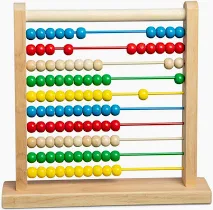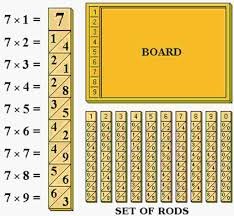Early Computing Devices
Early computing started far back before the invention of the modern day computer.
Infact, the first computers were human beings who were doing simple addition and subtraction by repetitive calculators, products and quotients, finding of square roots and so on.
Some of the Early computing Devices include:
ABACUS:

The first mechanical device used for mathematical calculation was the Abacus. It was used in Asia, Middle East and Europe between 2700 B.C. – 500 B.C.
Abacus was used among the Chinese, Babylonians, Egyptians and others. The origin of Abacus is controversial and cannot be given to any particular country. Abacus can be used for addition, subtraction. It replaced human fingers, toes and stones that where initially used for calculation.
Uses of Abacus:
An Abacus is used to perform simple addition and subtraction by shifting the beads from one point to another.
Components of an Abacus:
It is constructed with a frame divided into two parts by horizontal bar and vertical threads. Each thread holds many beads.
Napier’s Bones:

John Napier, an eccentric and a Scottish mathematician in 1617, invented logarithms, a technology that allows multiplication to be performed through addition.
Components of Napier’s Bones:
Napier’s technology used a set of eleven rods, with four sides each which was used as a mathematical tool. These logarithm values were carved from bones and as such were called Napier’s bone.
Slide Rule:

Napier’s invention led directly to the slide rule. Slide rule was first built in England and was later used in the 1960’s by the NASA engineers of the mercury, Gemini and Apollo Programs which landed men on the moon.
Uses of Slide Rule:
Slide rules are simply used for multiplication, division and extraction of squares roots. It also performs trigonometry and logarithm functions.
Components of Slide Rule:
The slide rule with two logarithmic scales to allow rapid multiplication and division of number.
Calculation are usually performed by aligning a mark on the sliding central strip with a mark on one of the fixed strips, and then observing the relative positions of other marks on the strips.






